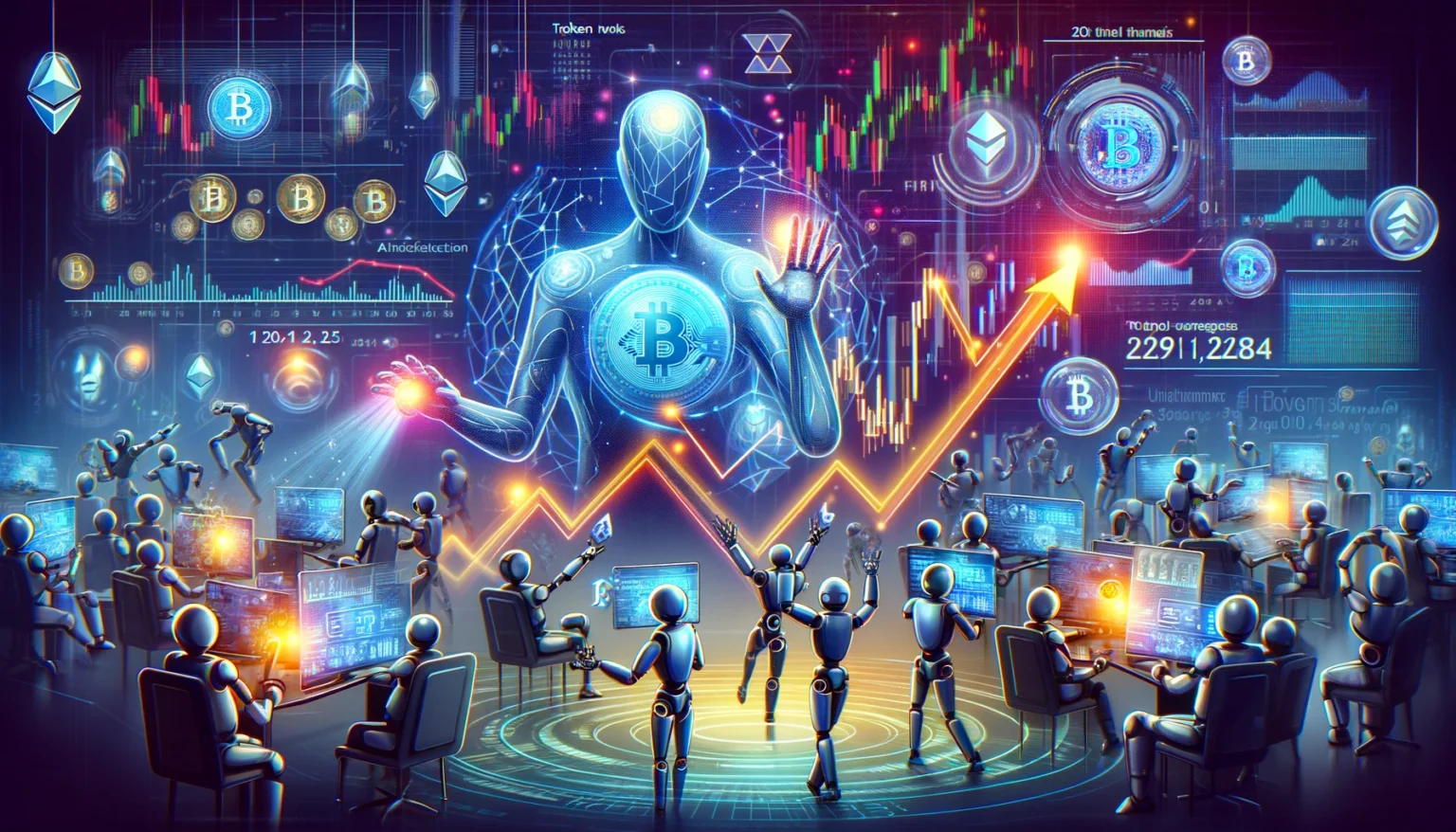Following a remarkable surge in the AI crypto sector in recent months, investors seem to have adopted a profit-taking strategy in the past few days. The sector surpassed $10 billion in mid-February, largely driven by Bittensor’s outstanding climb to a $4 billion market cap, marking an increase of over 220% in 2024. By March, the sector had expanded to over $25 billion in market cap.
Around March 9, numerous projects, such as Bittensor, Fetch, OriginTrail, Worldcoin, and Arkham, reached new all-time highs, propelling the market cap close to $30 billion.
However, in recent days, the sector has cooled down, with the market cap falling below $25 billion as investors appear to be cashing in profits following a potentially overheated market surge. While Bitcoin has also experienced a dip, as of press time, it remains only 6% below its all-time high. Nonetheless, the top 10 AI crypto projects have mostly seen declines of over 20%.
Interestingly, many AI crypto coins have recently shown less correlation with Bitcoin compared to the broader market. Specifically, Bittensor and Fetch appear to have been charting their own paths, declining only when Bitcoin has made significant moves. Even then, these coins often exhibited a delayed reaction or moved counter to Bitcoin’s trend.
For instance, Fetch saw a 140% increase in value over four days since March 6, before retracing slightly by approximately 20%. Overall, since the sector reached its peak on March 9, Fetch has experienced a 4% decline, while ICP is down by 11%, The Graph by 12%, Singularity by 13%, and Bittensor by 12.8%.
In 2023, the emergence of AI witnessed a surge in new AI-related memecoins and hype projects. However, those currently leading the sector focus primarily on implementing decentralized AI tools in real-world scenarios. This work has garnered attention from notable figures in the crypto space, including Ethereum’s Vitalik Buterin and Erik Voorhees.
The significance of decentralized AI models appears to parallel that of decentralized finance as AI development progresses. Blockchain and tokenization serve as strong allies for a distributed AI network, suggesting that the recent retracement may stem from profit-taking rather than a loss of confidence among investors in the burgeoning sector. Nevertheless, given the rapid gains, investors are likely eager to witness advancements in technology delivery.
Many leading projects have operational mainnets and are actively advancing their developments. The crucial next phase involves observing whether a network effect can attract users to engage with this intriguing fusion of AI and blockchain technologies. Bittensor, for example, is experiencing growing demand for adoption, as evidenced by the soaring cost of registering one of its 32 subnets—from approximately $200,000 to over $5 million this month alone—a price dictated by market dynamics rather than any centralized authority.
